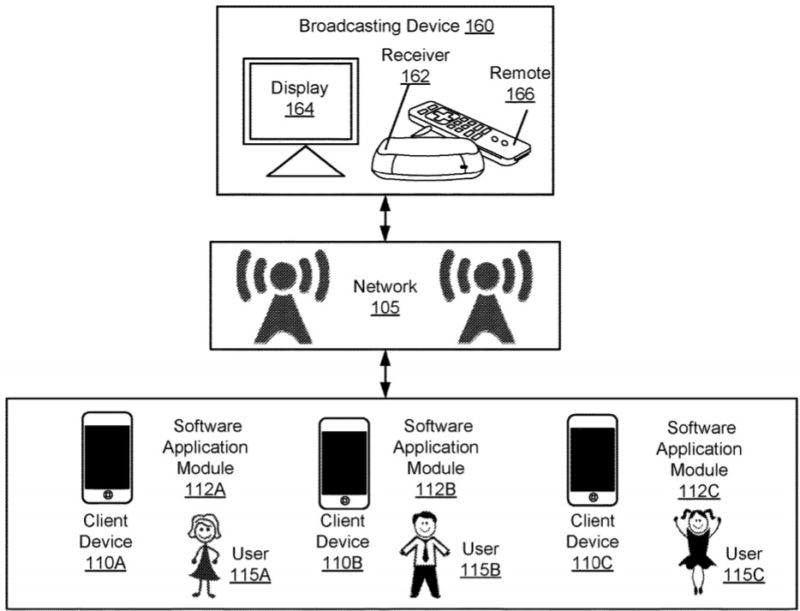June 28, 2018 at 03:41PM
via Ars Technica

As Facebook tries to get ahead of public pressure about what the service does and doesn't track about its users, a patent has emerged which would enable something that the service's detractors have long theorized and feared: silently triggered microphones that keep tabs on Facebook users.
The patent, filed by Facebook in December 2016 and published on June 14 (PDF), emerged this week thanks to its discovery by UK publication Metro. The patent's language revolves specifically around advertisements—Facebook's biggest cash cow—and how a device with an installed app could be triggered by a vague "activation module" to turn on its microphone and listen to how those ads play out in an average home.
Proximity and “blockers”
How exactly would this work? We dove into the patent language to see that Facebook has, at least in this patent's described method, spelled out a specific mic-triggering scenario. Though the company mentions high-frequency sounds as part of the ambient-audio collection process, these sounds aren't what will activate this hypothetical Facebook app's recording feature. (Meaning, the patent doesn't appear to revolve around an always-on mic in your pocket.)
Instead, Facebook's patent spells out a case where smartphones and other "client devices" are connected to a "household broadcasting device" via Bluetooth or another protocol. Based on the patent's language, this could include signing into a Facebook profile on a given set-top box, or it could simply auto-recognize certain broadcasting devices being connected to the same local network without any additional Facebook credentials being supplied. The patent, however, doesn't describe either exact scenario.
Having established this proximity to a broadcasting device, the app in this patent scenario would then "activate the client device to perform actions, such as recording of ambient audio" and that one thing an activated mic might listen for is "an ambient audio signature associated with a sponsored-content item."
The app would then take this recorded ambient noise and analyze it in search of "an audio feature" which is described in many parts of the patent as "a high-frequency modulated sound." This inaudible frequency blip could be brief or persistent, but its purpose is clear: to determine whether or not a broadcast viewer listens to full or at least significant portions of content like advertisements, and to pass that information back to Facebook. One example in the patent mentions analysis of perfectly timed gaps in a high-frequency audio sample, which would specifically tell Facebook that a TV viewer "skipped the [advertisement] by installing a blocker."
“Prevent aggression”
Patents are regularly filed by companies with zero intention to implement them in a working product, and Facebook made that fact abundantly clear in a response to an Engadget report on the June 14 patent. "Patents tend to focus on future-looking technology that is often speculative in nature and could be commercialized by other companies," Facebook VP Allen Lo told the outlet.
However, Lo went one further to offer statements of conscience about the filing: that the patent was filed to "prevent aggression from other companies" and that the patent will "never" be implemented in a Facebook product. Meaning: Lo insists that this patent's development was to make sure neither Facebook nor its rivals would ever have access to this specific kind of fine-tuned ad-watching data. This comes in spite of clear Facebook statements in the past about how much data they have about their users—and how that can be tuned for more effective advertising. (Perhaps too effective.)